How to race in the Baja 1000 on the cheap
At its heart, off-road racing is a family sport. The Wilson Motorsports family, for example, has competed in the Baja 1000 over multiple generations for 25 years. Three brothers—Ronnie, Ricky and Randy—along with their sons, in-laws, and grandkids, campaign two Class 1 buggies and have multiple podium finishes and wins in the historic endurance race.
Every November, off-road families and teams flock to the Baja California Peninsula. For this year’s Baja 1000, Wilson Motorsports brought down 78 family members and friends-of-family members, 18 chase vehicles, a motorhome, and two pre-runner trucks. The team rented out an entire hotel in Ensenada and provided food and gas for everyone helping them out. The cost: about $150,000.
If you want to race the Baja 1000, you need a few things. Of course, you’ll need a well-prepped car that can survive the grueling hours of whoops, rocks, sand, and silt. You’ll also need people to run chase for you. “Chase” is a bit of a misnomer, because teams aren’t following race cars directly on the course. Instead, they travel the highways and access the course from various dirt roads branching off the main roads. The chase truck needs to access the course, set up a mobile pit, service the car, pack it all up, and then chase the off-roader to the next designated pit location.
You’ll always need chase trucks and a pit crew in Baja, which is why large families like the Wilsons can make it work. What about competitors who don’t roll as deep as Wilson? What are we supposed to do?
Fortunately, there’s a way to get supplemental pit support on a relative shoestring. In fact, you can rent a whole fleet of professional pit folks, complete with fabrication abilities. Total cost: $500. All you have to do is run BFGoodrich tires.
Think of this group as your rent-a-family.
BFG’s history in Baja is a long one. The company started a race program in 1976 to test its tires and expanded to this rental pit program in 1980. Since then, BFG has become the winningest tire manufacturer in Baja with 100 wins, many on the 40-inch T/A KR3 tires worn by the unlimited Trophy Trucks but also on the 37-inch T/A KDR3 and 35-inch T/A KR3 race tires for limited classes. Some teams even run their street-legal T/A KM3 mud terrain or T/A KO2 tires. Regardless of elected tire, the BFGs have a stout sidewall and plenty of tooth for the clay, gravel, and silt.

Putting BFGoodrich to work
This year’s Baja 1000 was a loop race, starting and finishing in Ensenada. Five full BFGoodrich pits were scattered throughout the course—the closest stops were still some 150 miles apart. Each pit is staffed with about 20 knowledgeable folks, usually racers themselves. There is a medic, a fabrication guru, and Spanish-speaking members on hand to communicate with the local racers. There are hand tools, cordless impact guns, all the fluids you could possibly need, pneumatic jacks and jack stands, welding equipment both MIG and TIG, a plasma cutter, a chop saw … the list goes on. If these guys can’t fix it, you’ve probably burned your car to the ground.

Before the race, teams transport their fuel and tires to the pits they want to utilize. Fuel is usually delivered in 11-gallon dump cans labeled with team names. If five cans at $130 each is too pricey, BFG has some dump cans on site for you.
During the race, when drivers are five miles or so away from a BFG pit, they call into a main radio channel (more on that in a minute) to warn of their approach and advise the services needed. The pit boss advises Lane 1 or Lane 2, so drivers know where to park.

Back in the pits, the energy is palpable. A fueler suits up with gloves, apron, and helmet while the rest of the crew stages the tires and jacks. Crew members have a pit book that lists where the fuel inlet is located, the fuel type required, and lug nut size.
As the vehicle stops, the work starts. BFG performs a visual inspection and asks the driver(s) if there is anything specific they need to check. Water is given to driver and co-driver. There may even be a driver swap between the two occupants.
On average, it takes three minutes from start-to-finish for fuel and tires. Not F1 fast, sure, but pretty darn quick for chunky off-road tires, a makeshift pit, and occasionally in the dead of night. Of course, if something is wrong the car, it will take much longer. One time, BFG swapped out a clutch for me. That took much longer than three minutes, but it kept my team in the race.
BFG Relay: A friendly voice on the radio

BFG also provides two radio channels for communications: BFG Main and BFG Relay. The relay stations are set at points around the race course that transmit information about racers’ location. Folks running with the crew can call this channel to report emergencies or ask about their car’s location. While mobile internet like Starlink have improved Baja communication, it still can be hard for teams to know exactly where their car is running. Out in the middle of nowhere, it’s great to have BFG Relay on your side.
However, there is still one piece of the puzzle missing. How do teams locate the access roads off the highway? BFG-supplied pit books have detailed maps, coordinates, and driving directions to every access point on the race course. To access the course at race mile 613.15 this year, for example, the pit book provides clear instructions using Baja Highway 1’s kilometer markings. Chase trucks turn west at kilometer 127 onto a dirt road and zero out their odometer. Then there are precise driving directions, based on the odometer reading, that guide chase trucks to the course intersection. Teams can get the information on a GPS file as well. This is invaluable information for a newbie team and worth the price of admission alone.
The price of admission

It costs a lot to have the best, and so BF Goodrich tires are not the cheapest option. Race tread can cost anywhere from $600 to $800 per tire (cheaper racer pricing is available for competitors). Even the DOT tires can be pricey, with the KM3s running from $230 to about $750 depending on size, and the KO2s from $200 to $675.
You also run the risk of having to wait in line at a BFG pit. Pit boss Frankie Broughman says cars are usually at least two minutes apart, so waiting typically isn’t a problem. This year, Broughman’s pit was relatively quiet, performing mostly refueling and tire changes. Though, the crew did replace an A-arm and welded a light bar to a car.
There are other pit services you can hire. Mag7 and Baja Pits offer up sites every 50–60 miles, but they are more expensive. These services, though, can support motorcycles and quads in addition to full-size off-roaders.
If you’d like to race in the Baja 1000, I recommend finding a team that will let you volunteer as a crew member. You’ll better understand the organization and logistics it takes to get a race team off the ground. You can find teams on Facebook, Instagram or on forums.

After you get your feet wet with a team, buy—or build—a car and find a small, local race. A limited car will teach you how to drive and keep it all together in the harshest conditions. Class 1600 or Class 11 is a good start for those who like air-cooled Volkswagens. Side-by-sides are also a good choice. If you’ve always wanted to race a truck, class 7S is for smaller stock vehicles—think Toyota 4Runner or Chevrolet ZR2. The Stock Full class is for full-size trucks. (For more information on race classes, check out the SCORE rule book.)
BFGoodrich provides pit service for every SCORE-sanctioned race in Baja. The San Felipe 250 is usually held in the spring, the Baja 500 is in June, and the Baja 400 is in September.
You’ll always need people, and money, to successfully conquer Baja, but for those who don’t have a troop like Wilson Motorsports, BFGoodrich is there with its rental family. And you don’t even have to visit them for the holidays.
Check out the Hagerty Media homepage so you don’t miss a single story, or better yet, bookmark it.

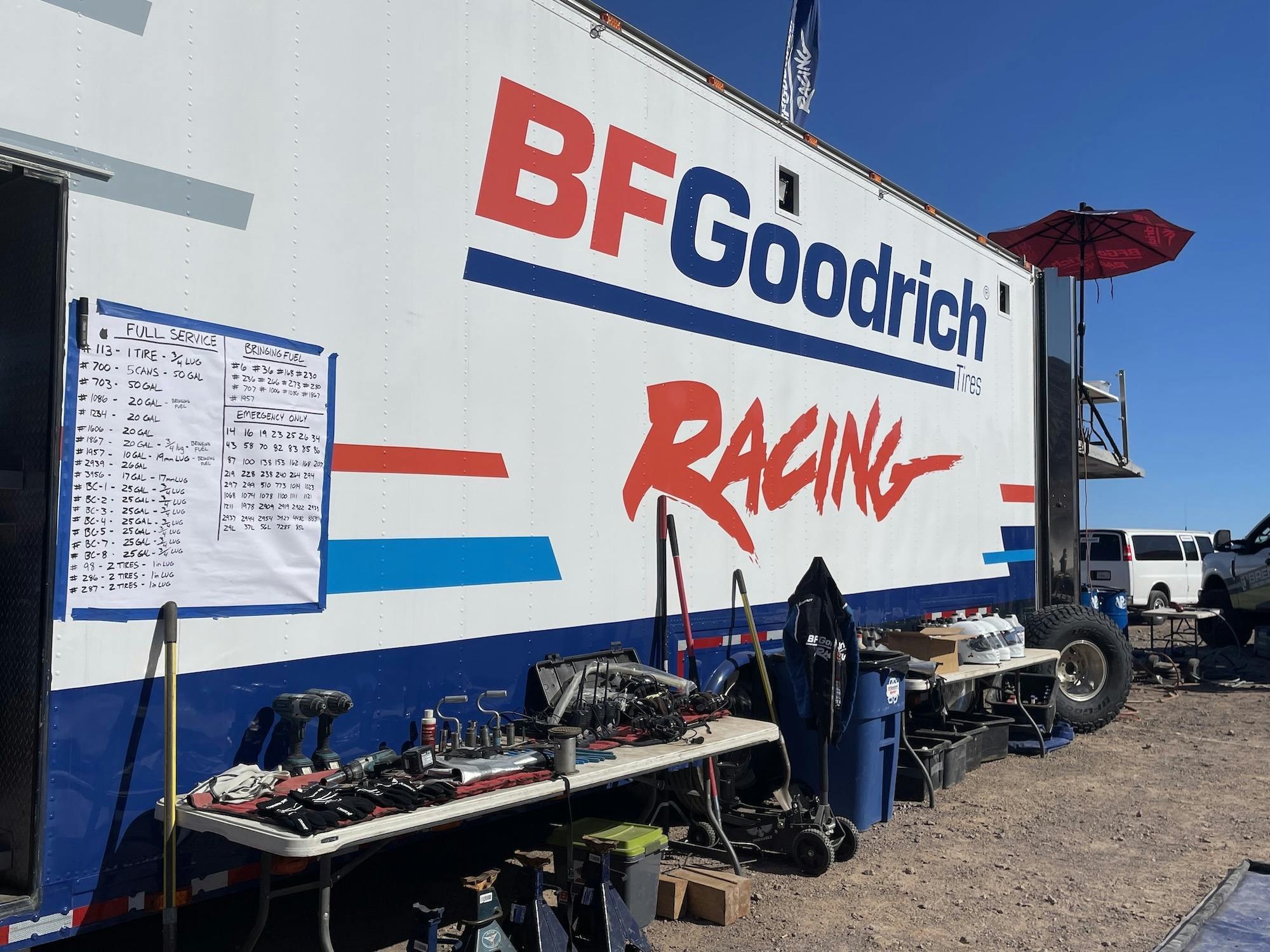
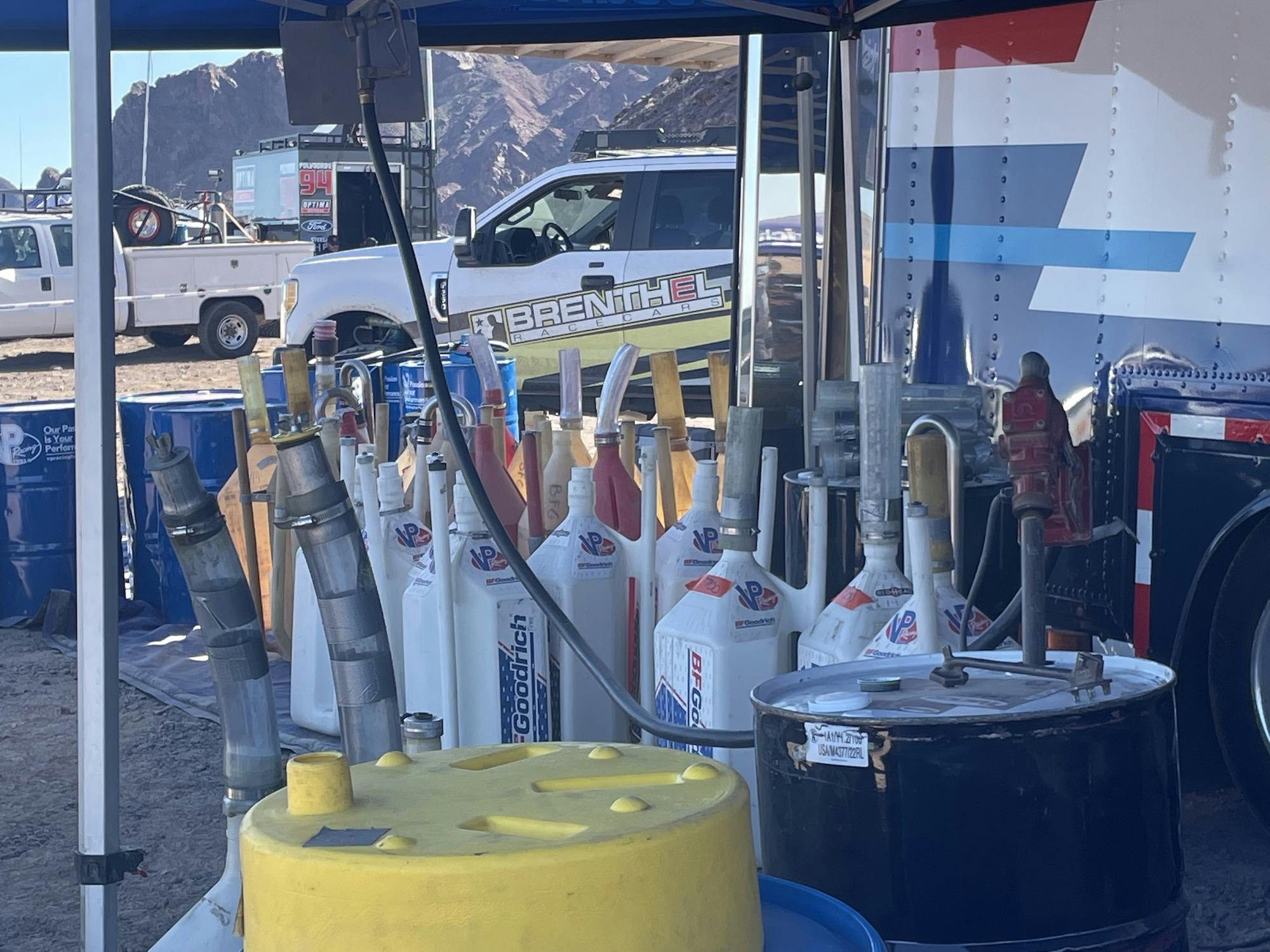
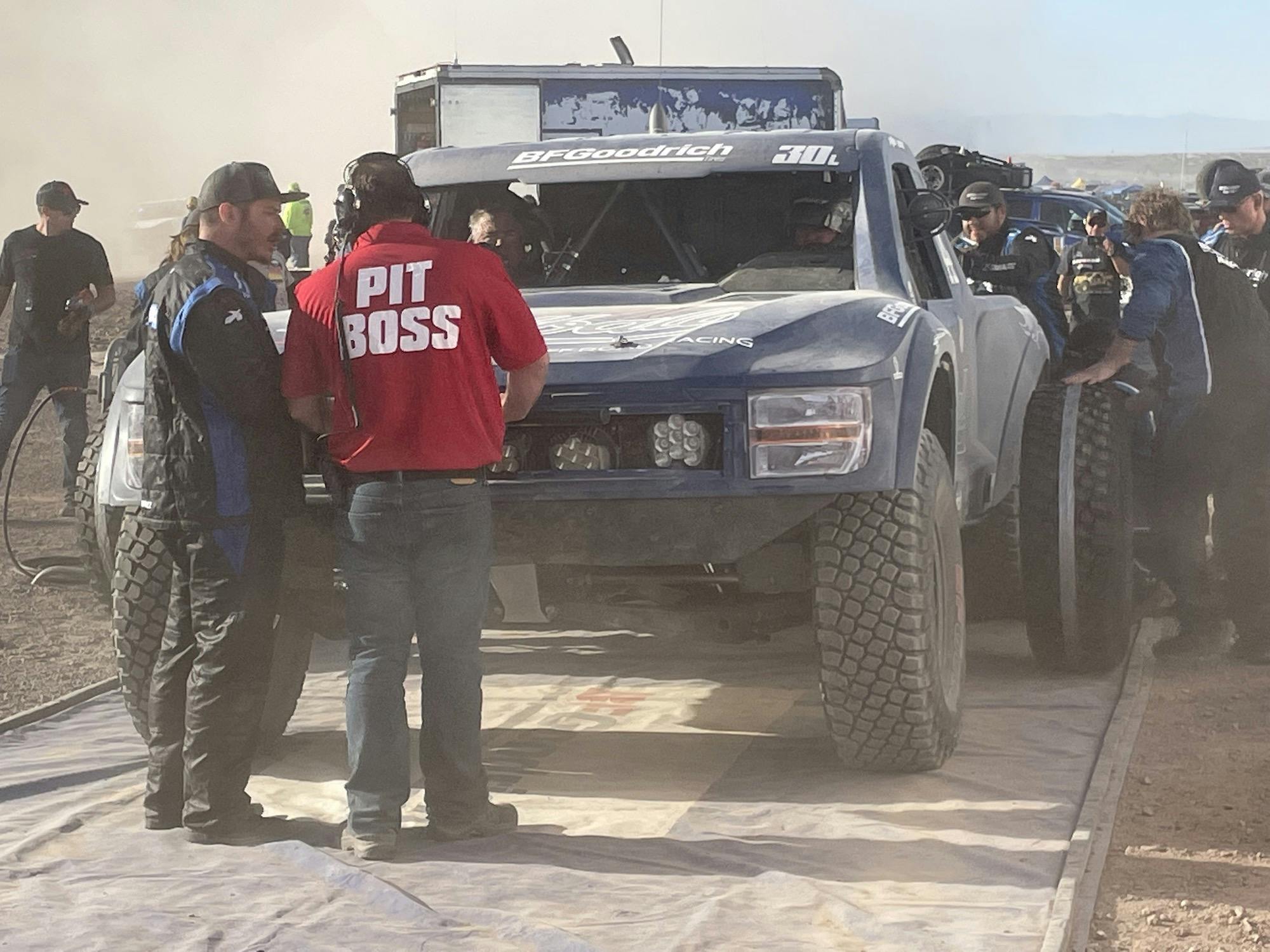
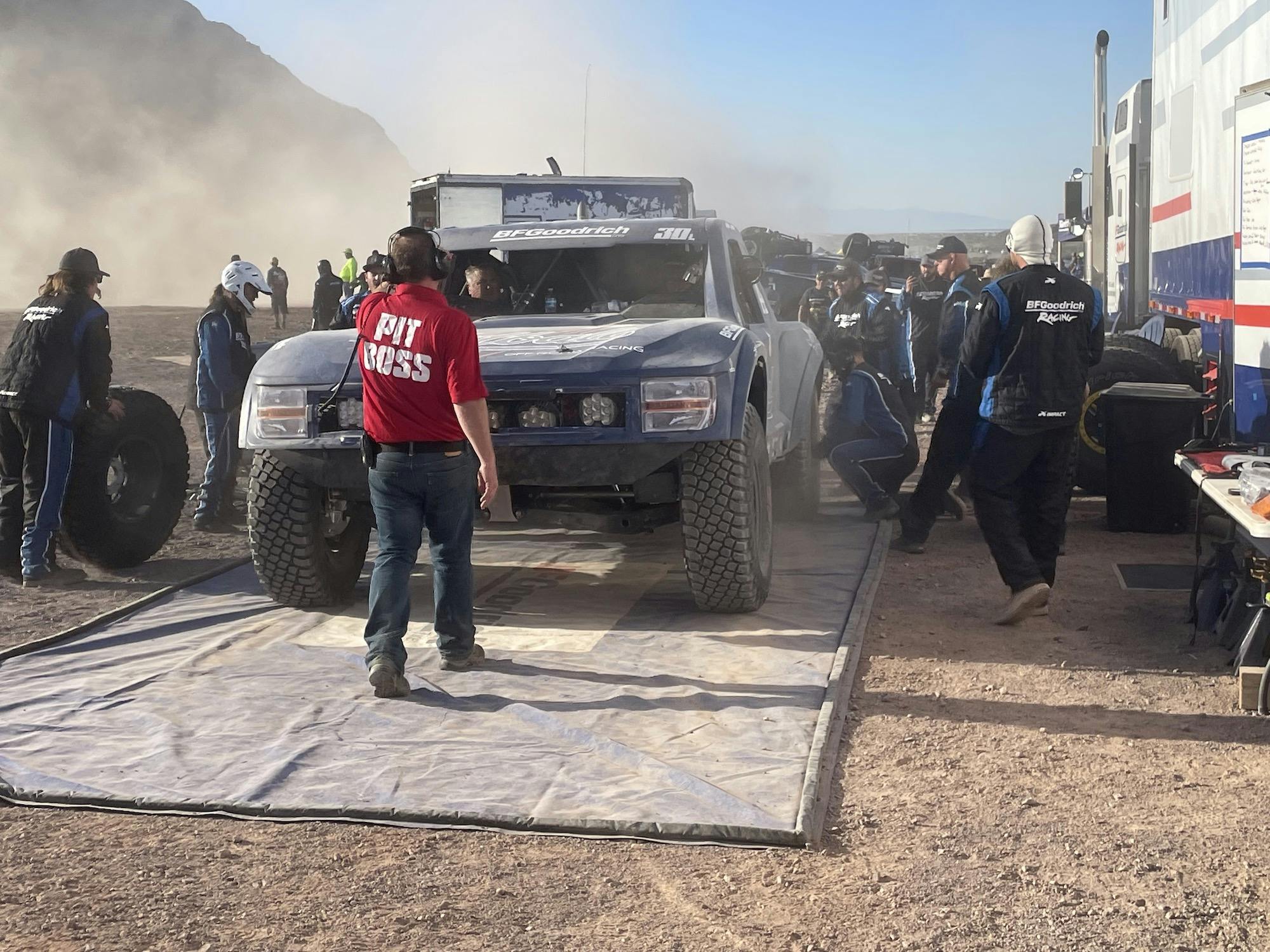
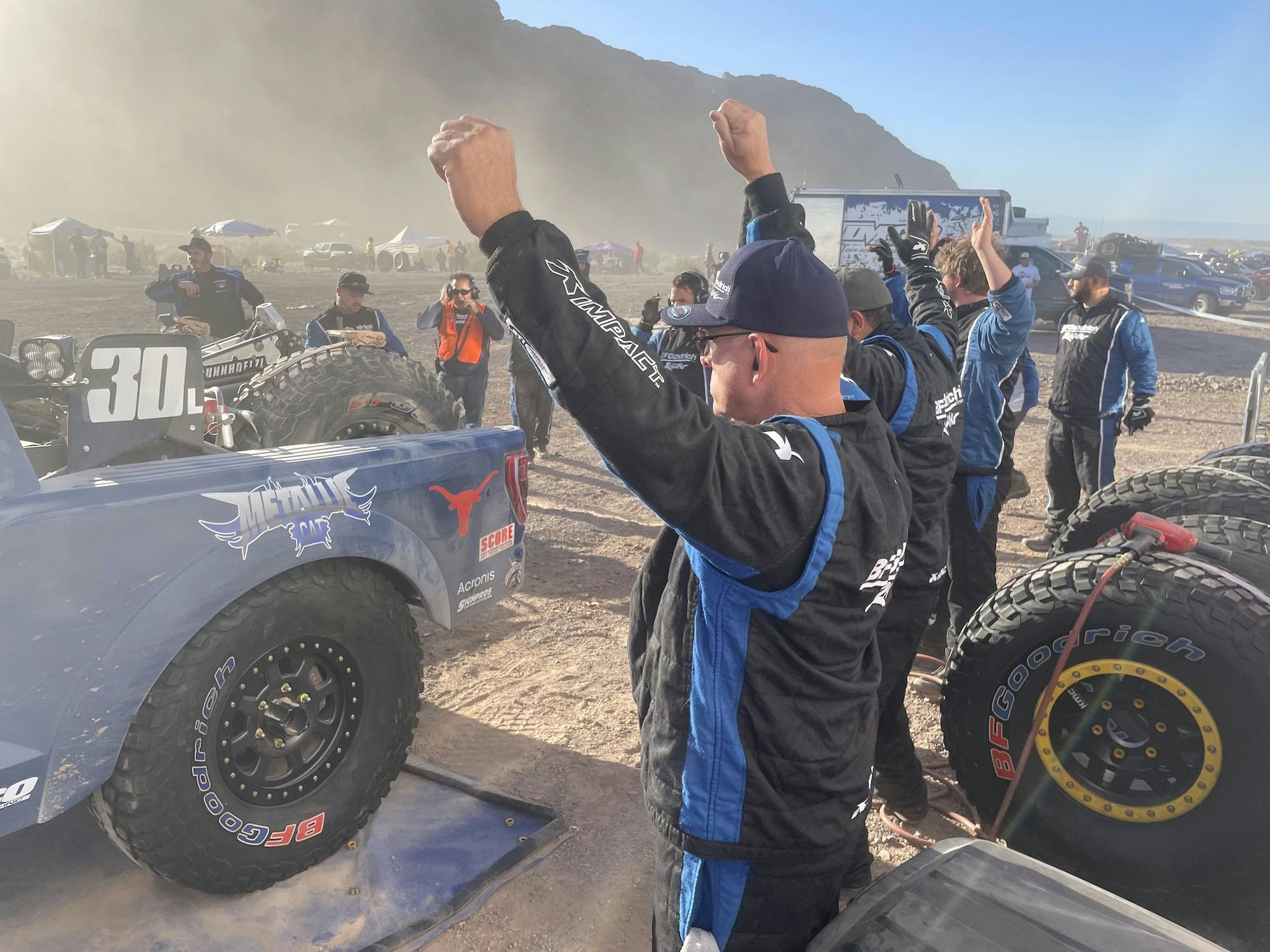
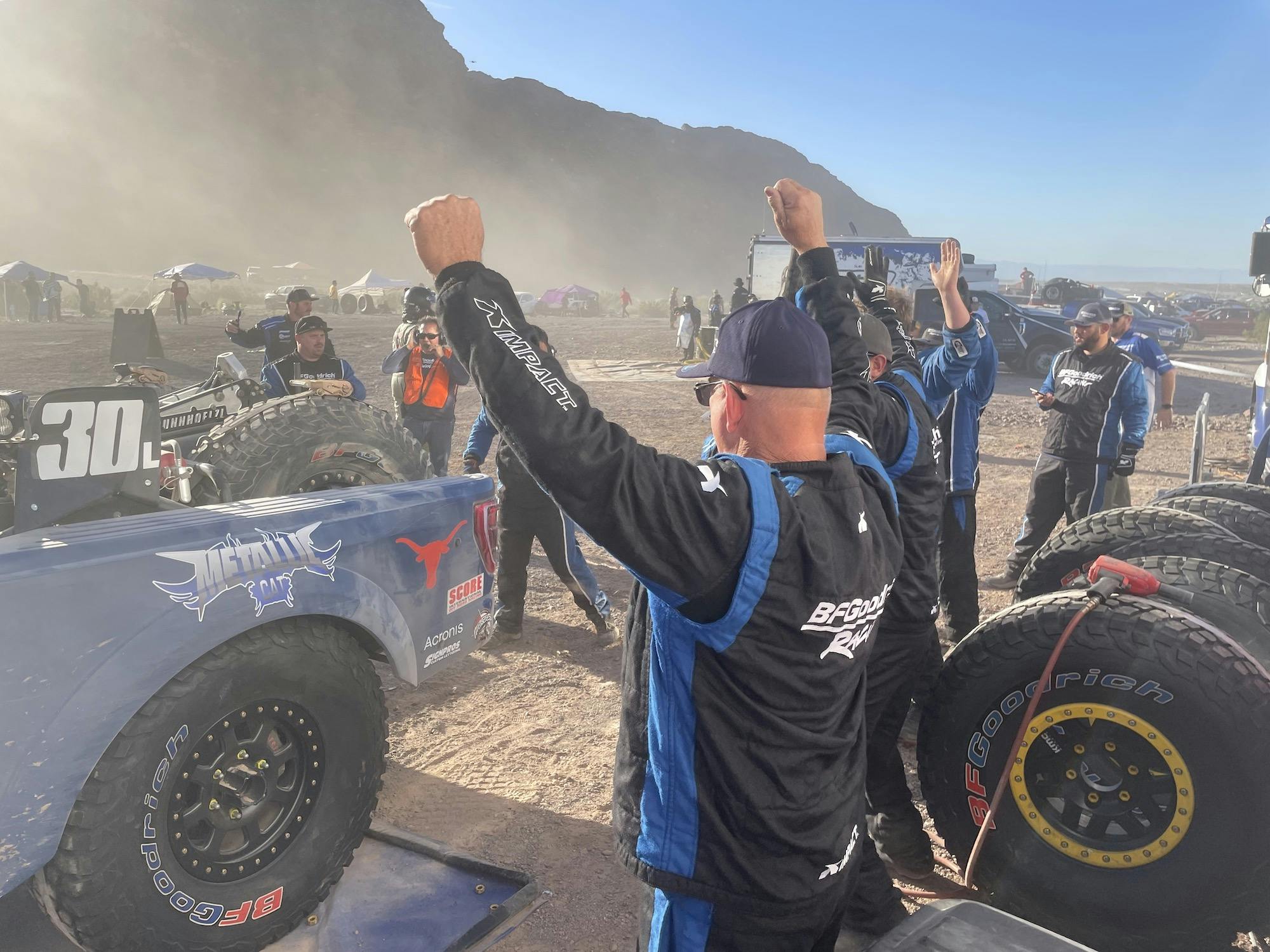
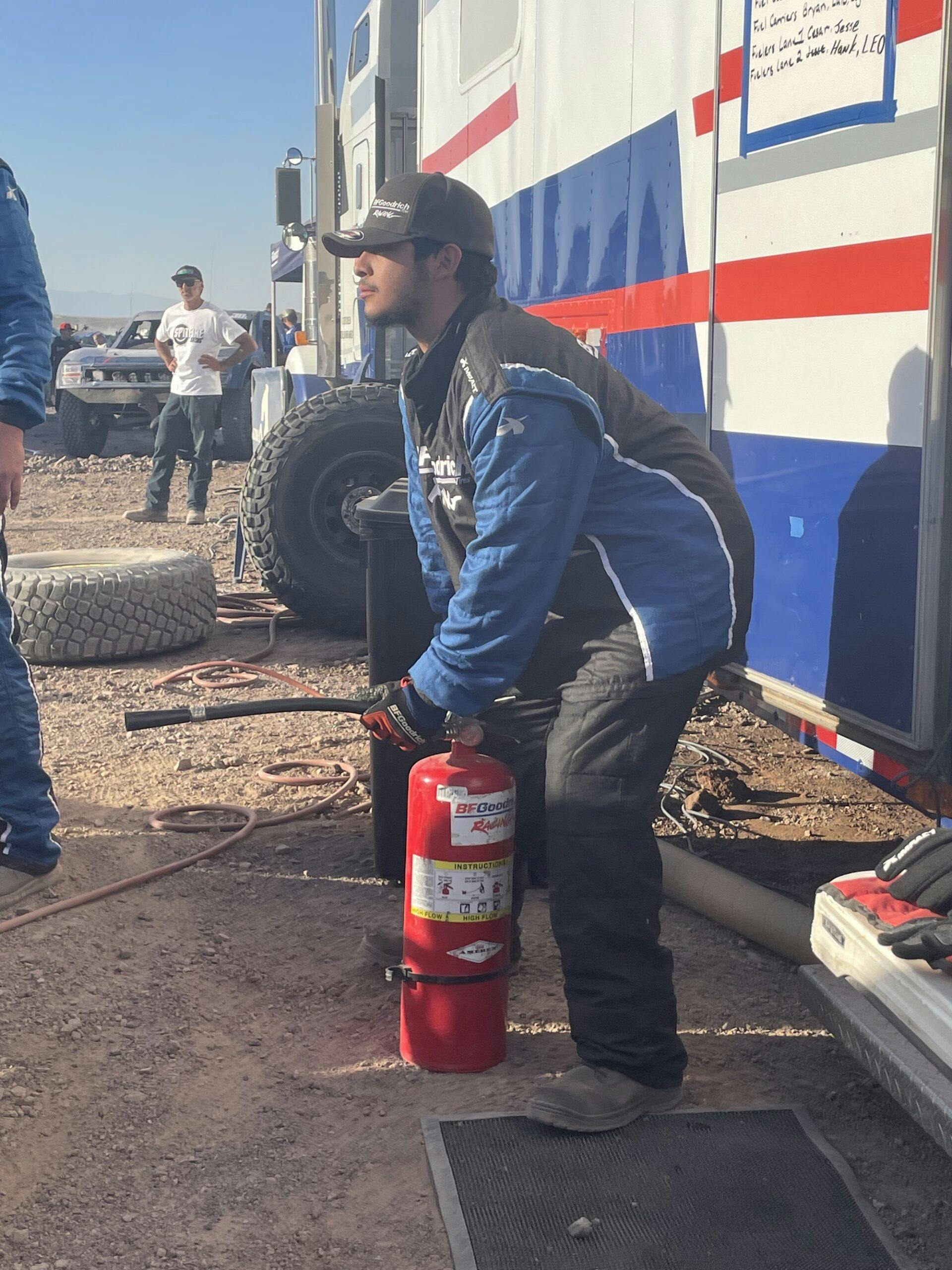
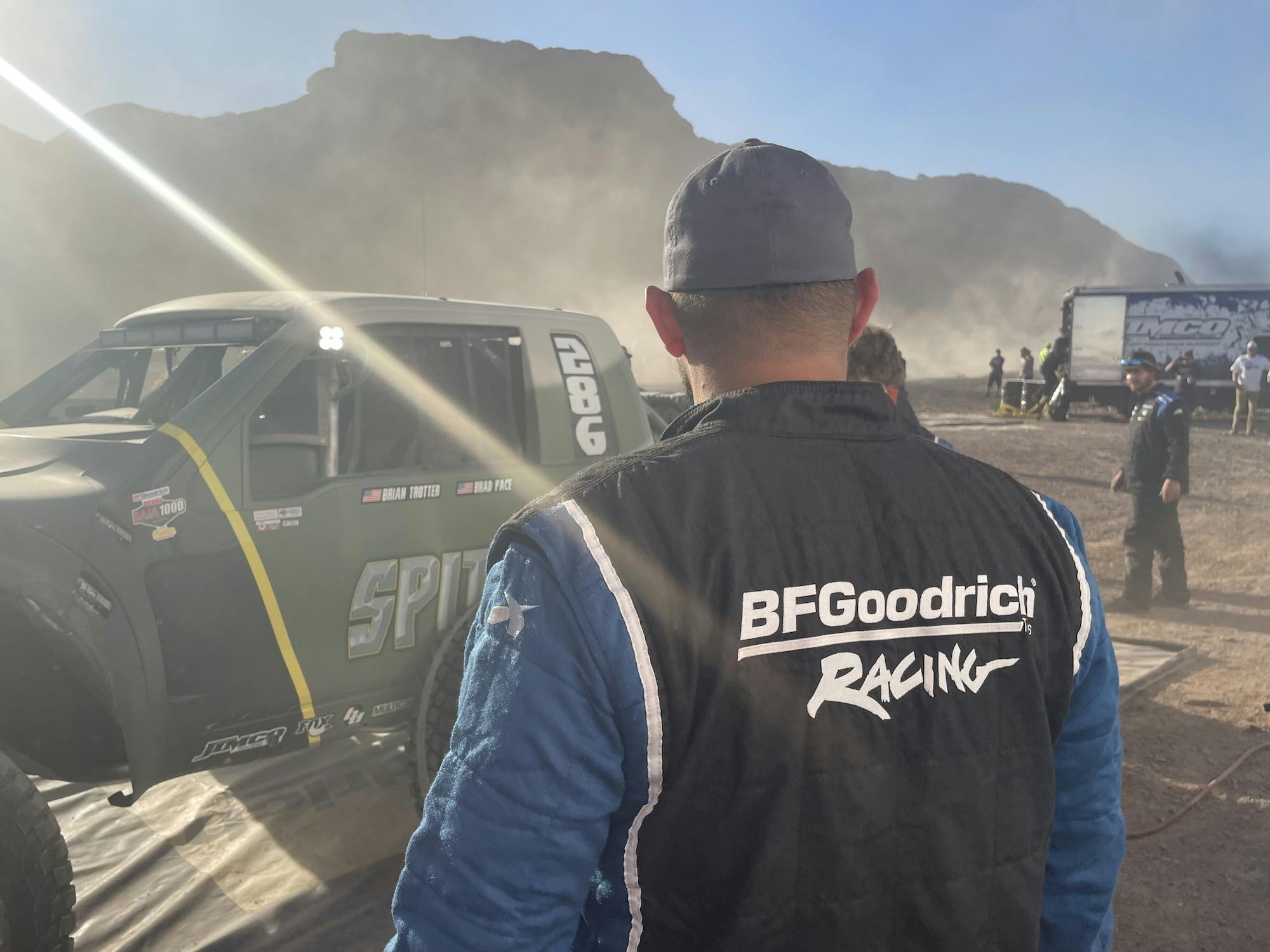
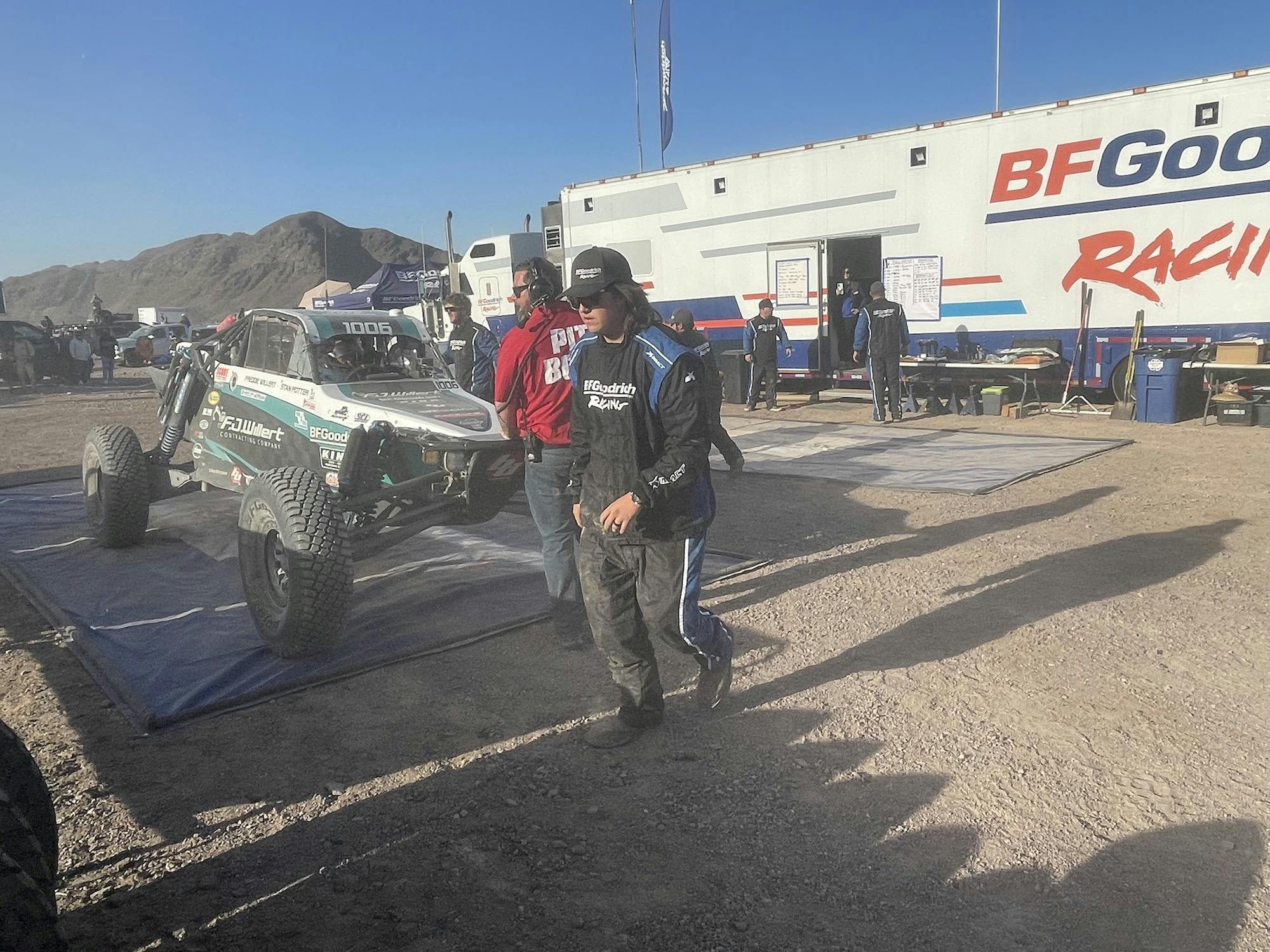
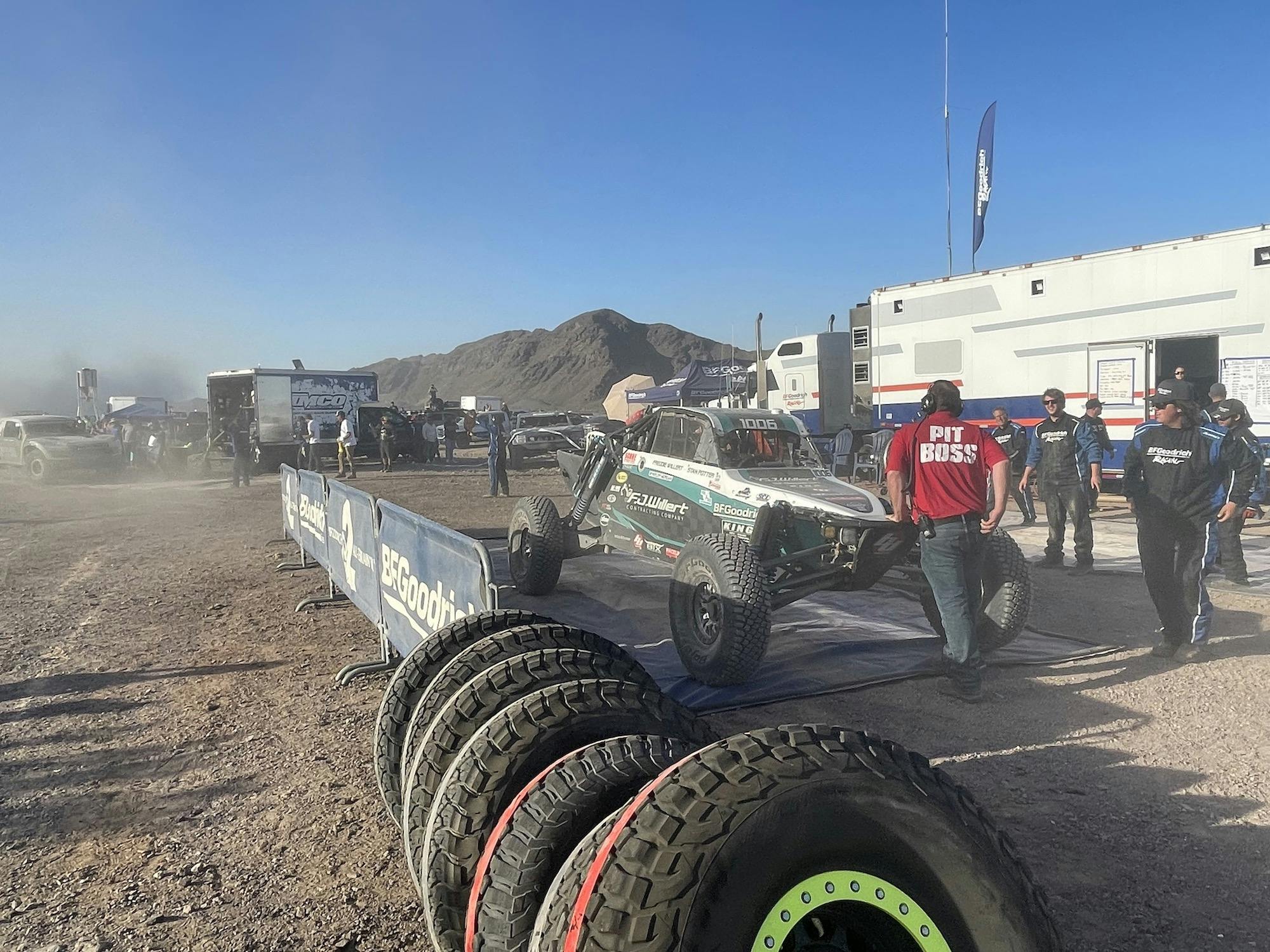
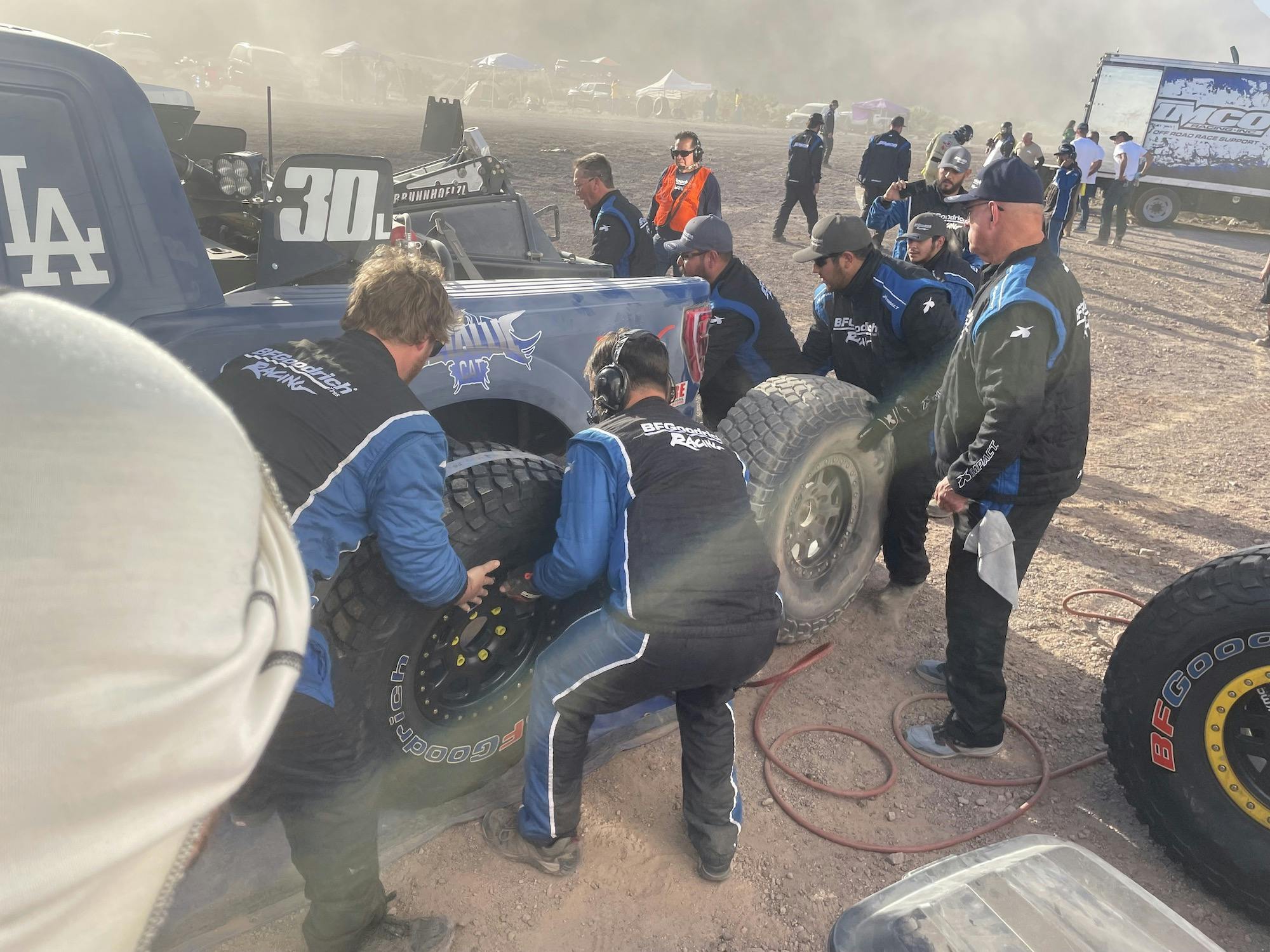


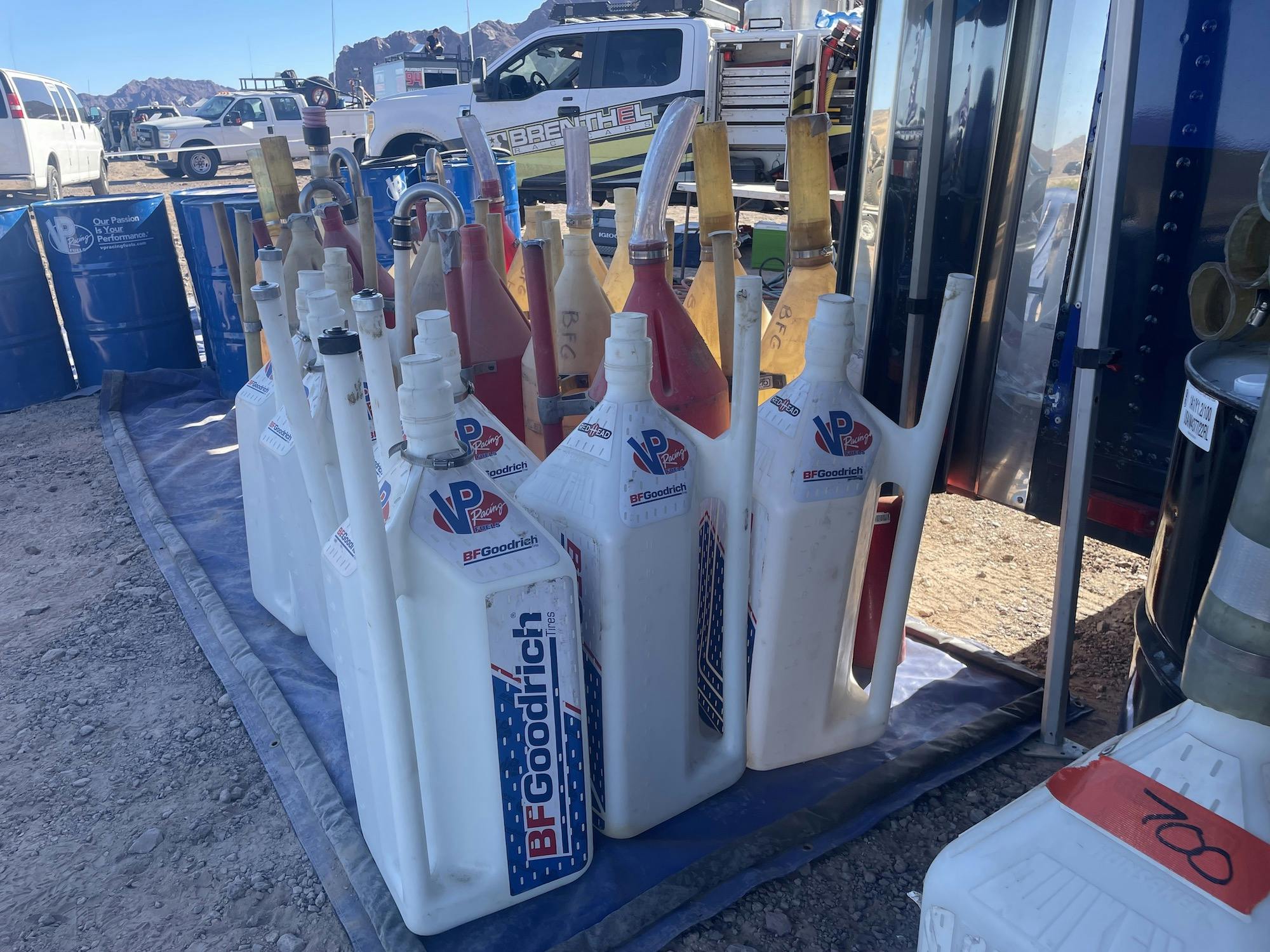
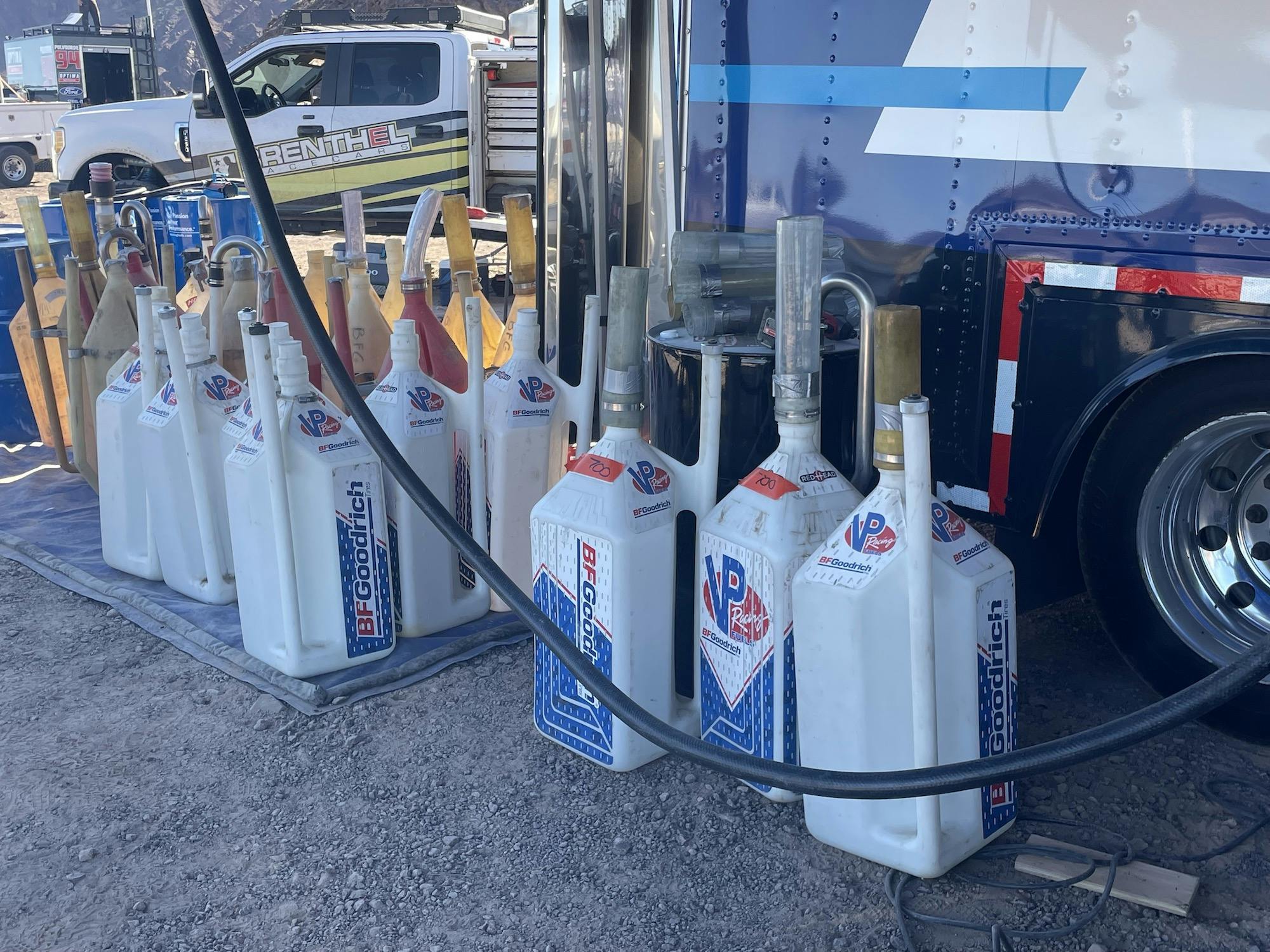

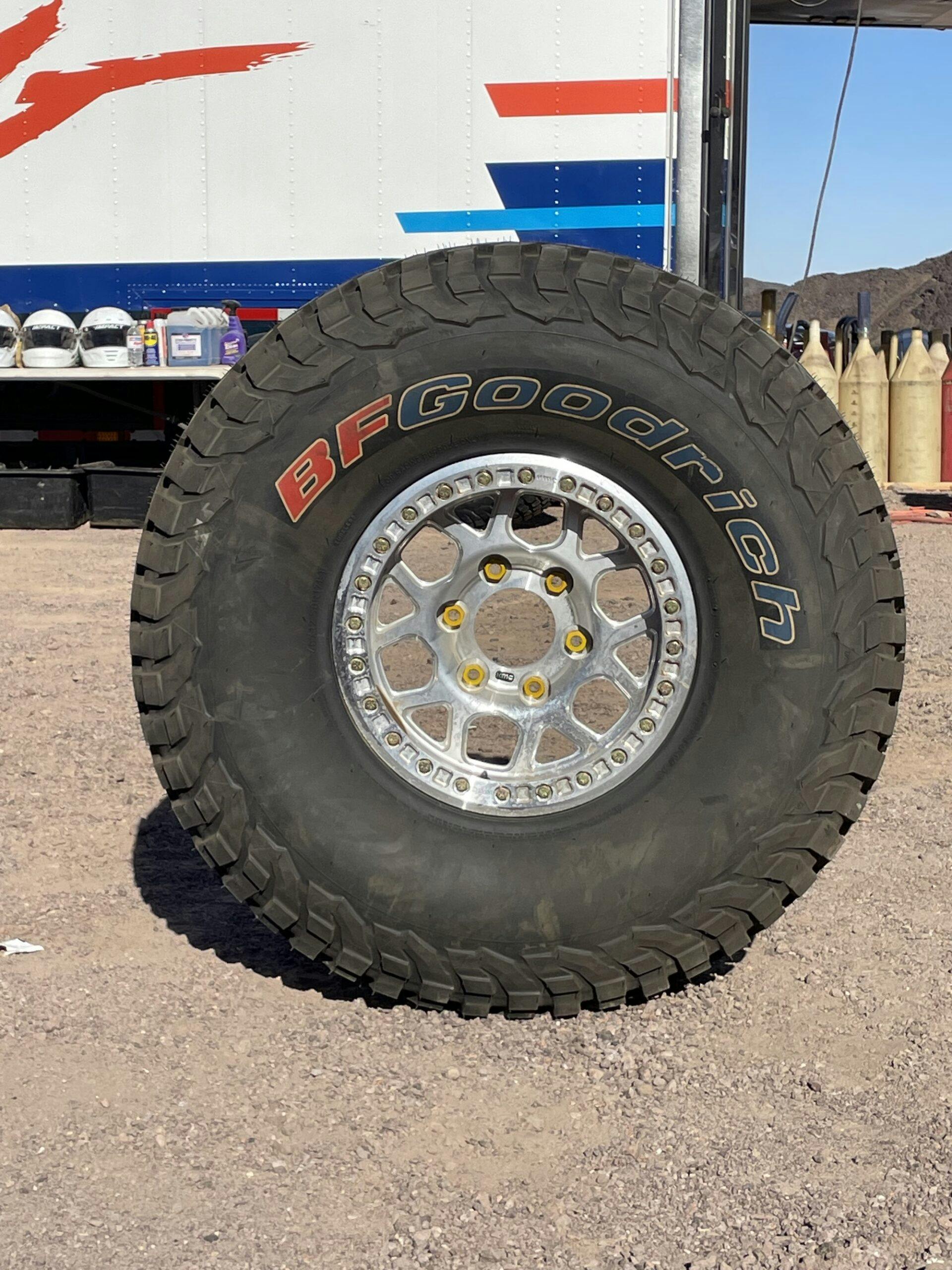
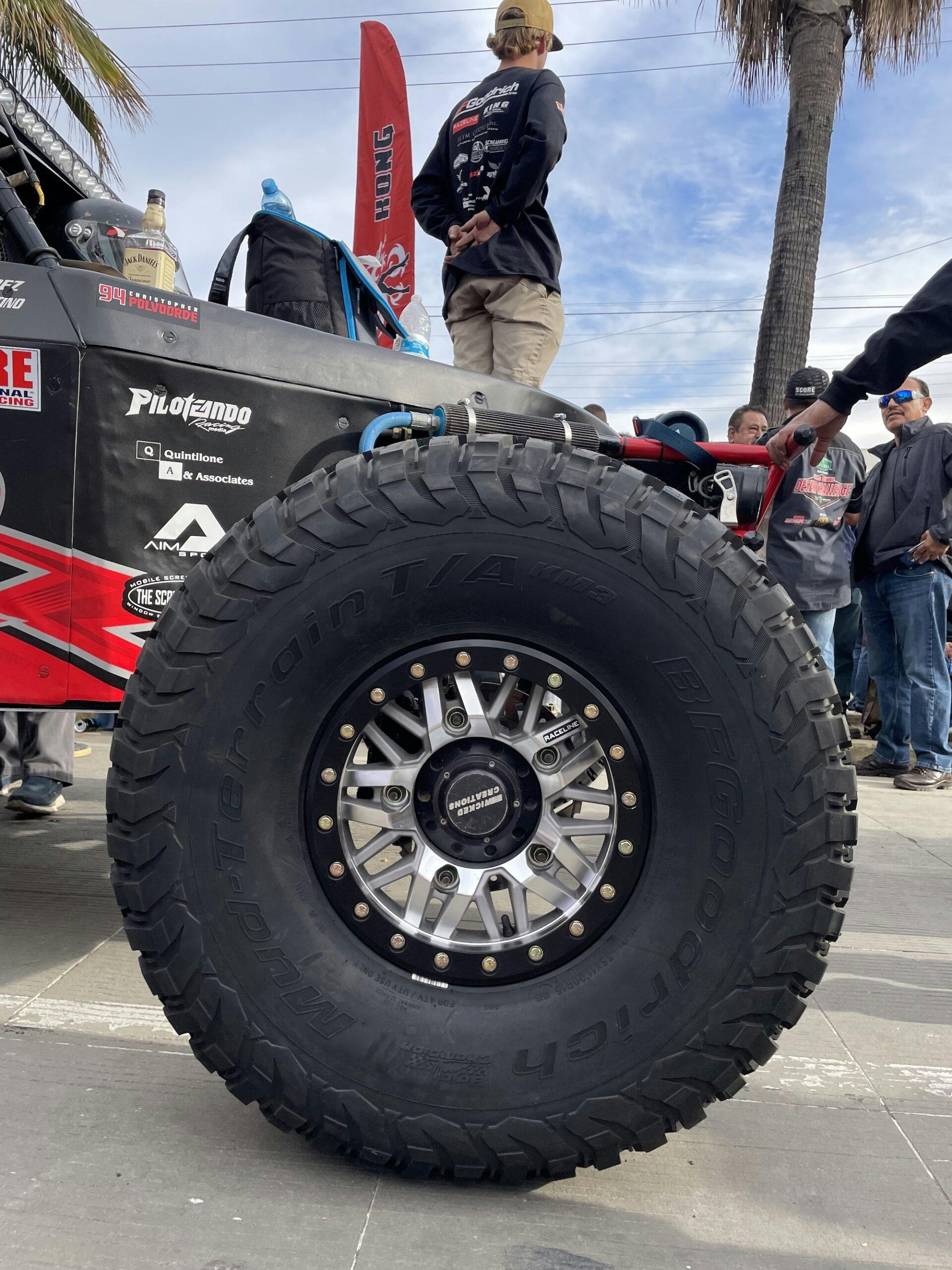

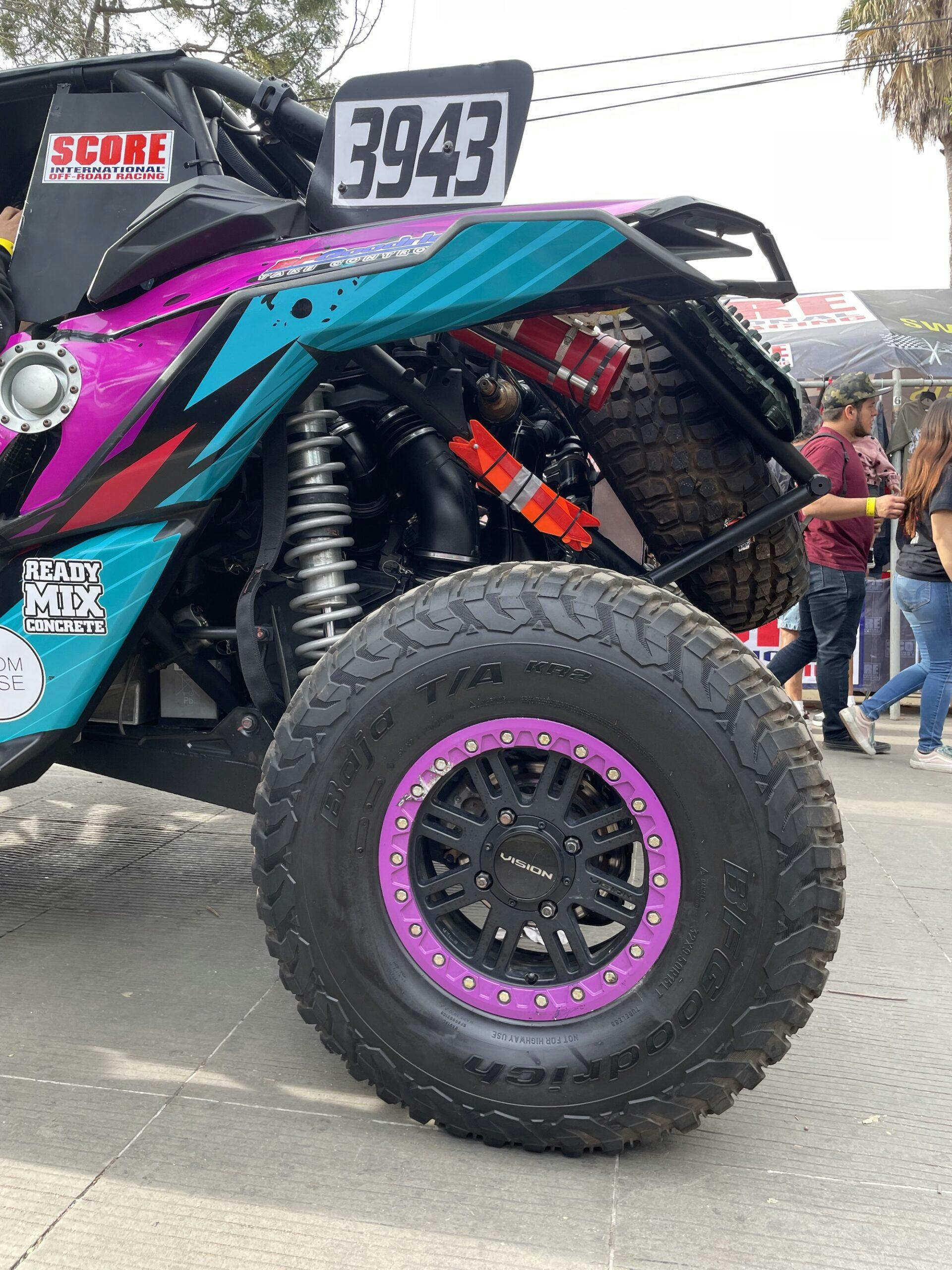
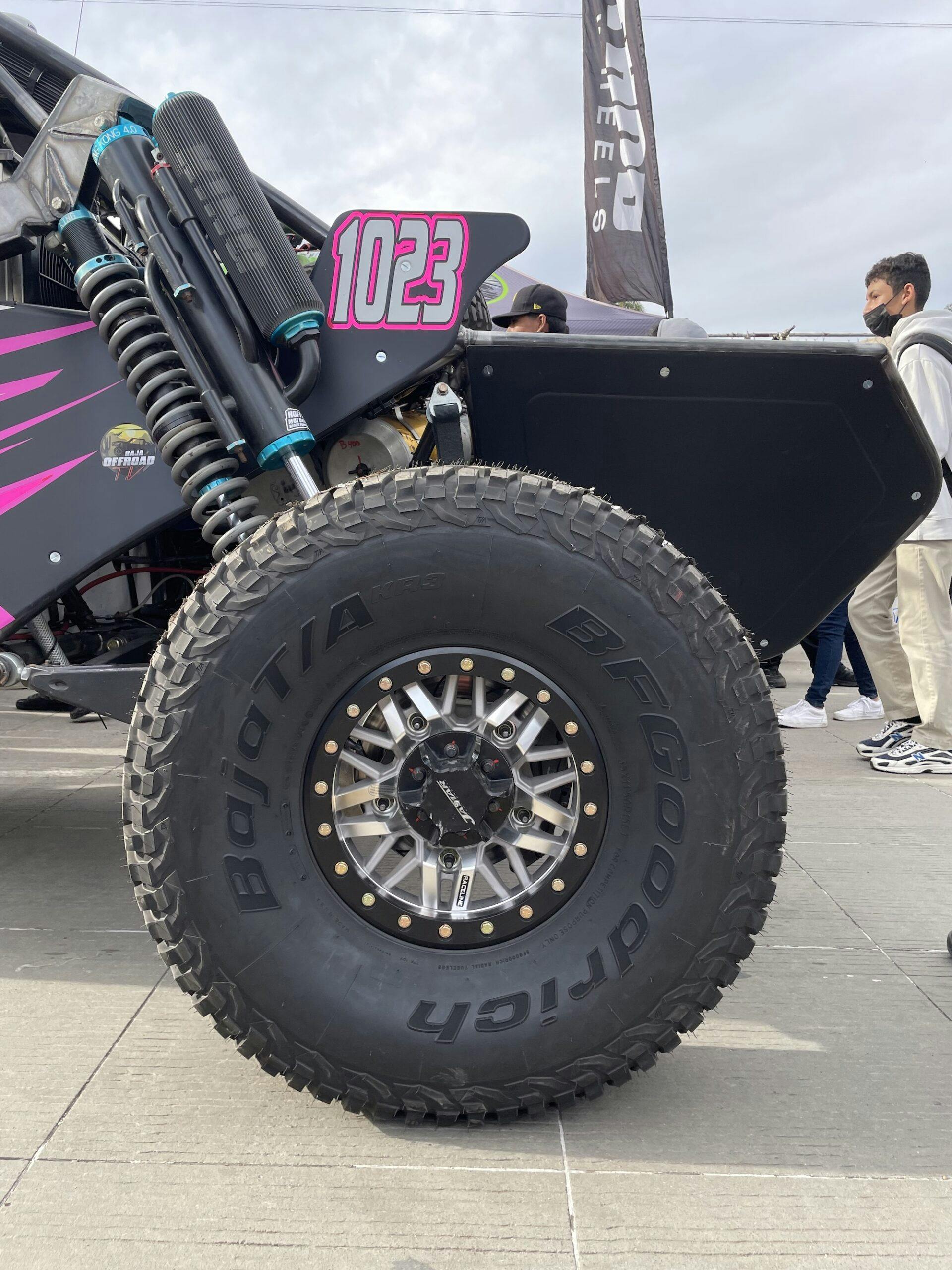
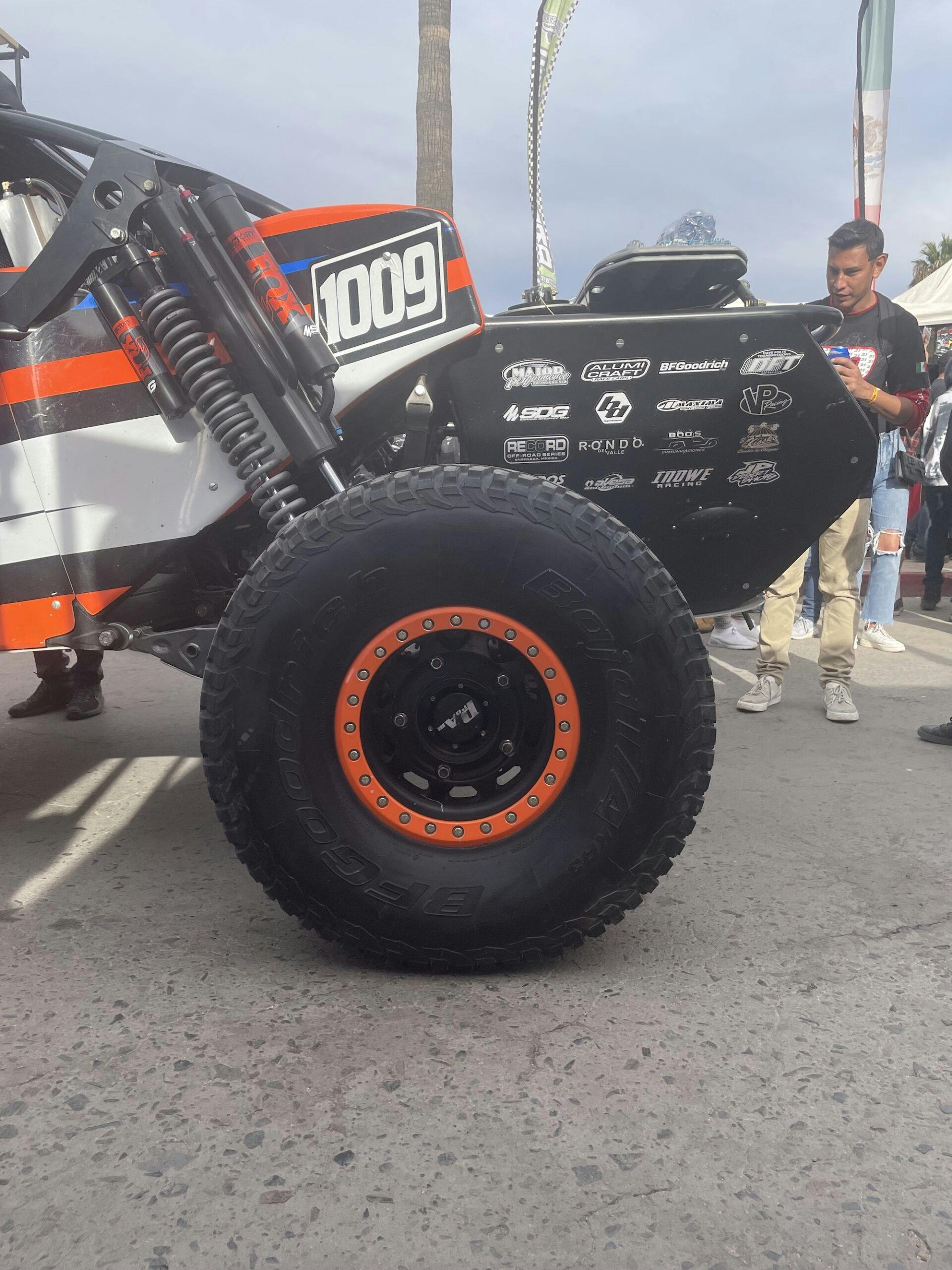

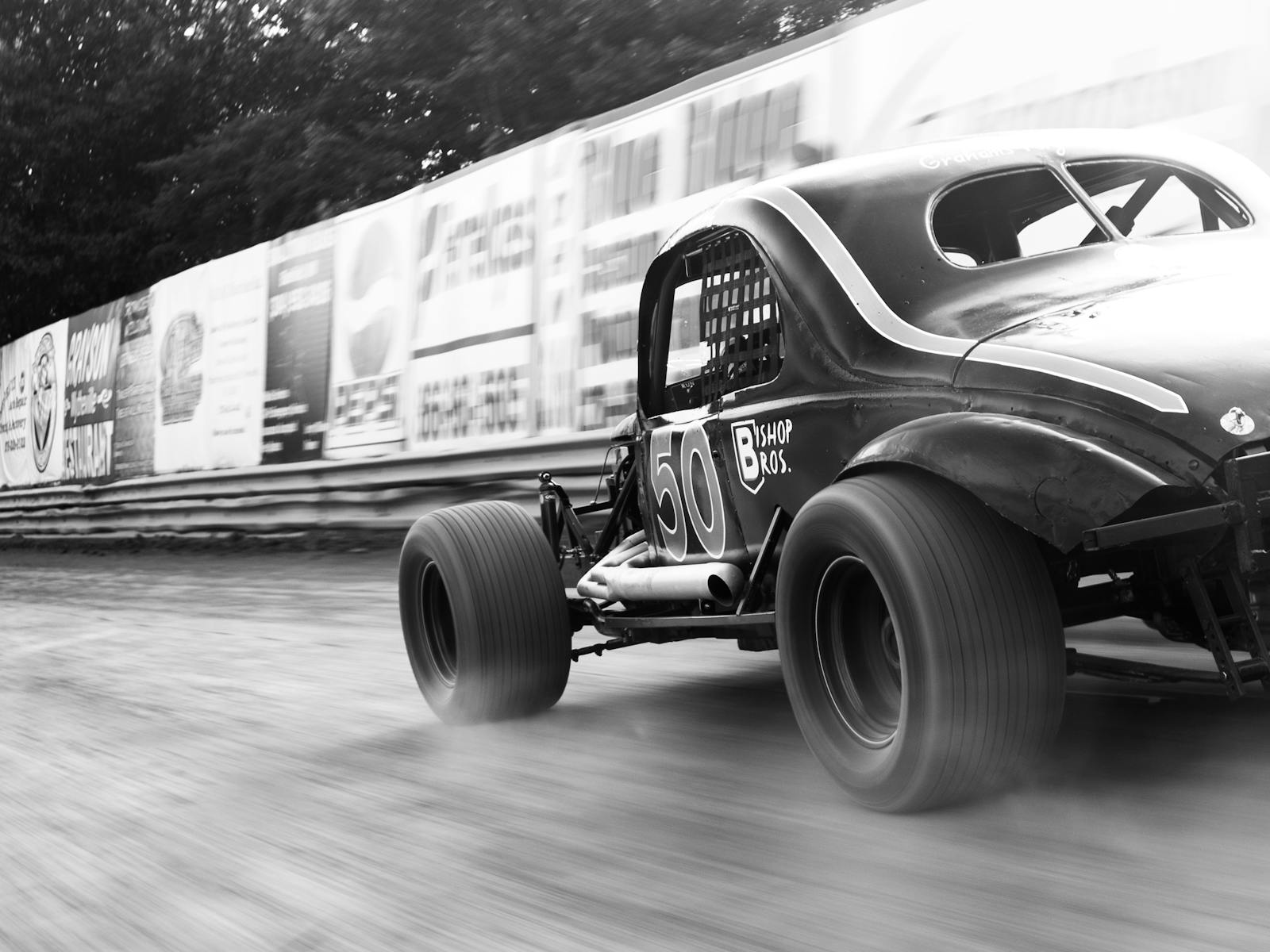
I needed to hear this! Been a life goal to race in the Baja 500.. I didn’t know the cost for pit crews was so much cheaper than getting a chase truck! So all I need is a cheap vw bug and 3k for the entry fee.. that is doable!